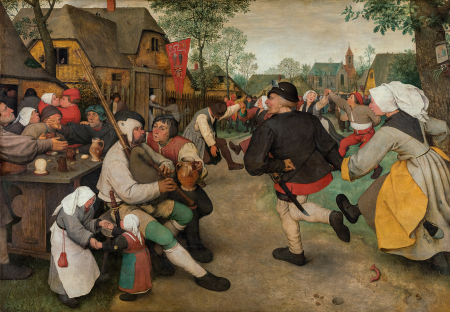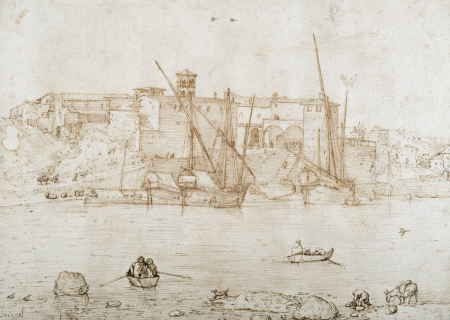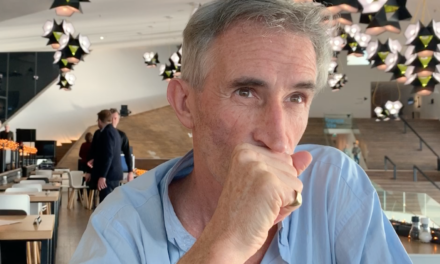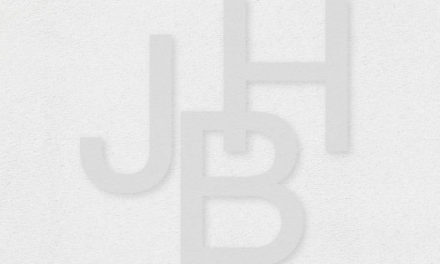Certain figures take their place in the art history pantheon because they’ve invented something new.
These rare artists have looked at the world with unusual acuteness and have been bold enough to convey a new message through their art.
Within this hall of fame there’s the Flemish artist Pieter Bruegel (around 1525-1569), known as Bruegel the Elder (to later distinguish him from his progeny).
The prestigious Kunsthistorisches Museum in Vienna is dedicating a retrospective to him until 13 January, the likes of which have never been seen before, comprising 90 works including 30 paintings.
Considering that there are only 40 recognized paintings by the master (produced in a mere 16 years), it’s easy to understand the exceptional nature of this show.
Not much is known about Bruegel apart from the fact that he had a mischievous nature, he saw success during his lifetime, and he greatly admired his famous Dutch predecessor – another inventor – Hieronymus Bosch (1450-1516).
From Bosch he incorporates the spirit of teeming apocalyptic scenes, as in the very impressive “Triumph of Death” which has travelled from the Prado in which armies of skeletons reign over a world of fire and blood. Here we see a dog eating a newborn baby and humans dispatched en masse, packed together inside a giant coffin.
Elsewhere he swaps monsters for children playing (“Children’s Games”) and paints nearly two hundred of them, thereby imagining a kind of encyclopaedia of entertainment.
But where Bruegel is truly the most innovative, as one of the curators Daniel Uchtmann explains, is in his landscapes. “He depicts mankind within nature and the power of the latter by illustrating, for example, changes in the climate”.
The museum possesses the famous series of six paintings depicting the four seasons. (He painted spring and summer in two instalments).
Before Bruegel there was another inventor in this part of Europe, the German artist Albrecht Dürer (1471-1528), who also painted landscapes but without evoking this communion with nature.
For Bruegel is primarily an observer of behaviours.
His landscapes are animated by humans doing very human things… No one in his paintings, or almost no one, is very good-looking. The sun makes them want to sleep and the snow beats down upon their bodies while they work. In each landscape, the curator assures us, there’s a figure who is peeing.
Bruegel is also above all an exceptional draughtsman. In a brown pen and ink drawing entitled “The Painter and the Buyer”, drawn in a very refined line, he depicts the latter figure wearing glasses; a symbol in his work of someone who doesn’t see anything. This serves as an explicit criticism of the art market of the time.
More than 450 years on, the preoccupations seem to be exactly the same.
Until 13 January. Vienna, Kunsthistorisches Museum
The visit of the exhibition took place during the Vienna art week: https://2018.viennaartweek.at/
Support independent news on art.
Your contribution : Make a monthly commitment to support JB Reports or a one off contribution as and when you feel like it. Choose the option that suits you best.
Need to cancel a recurring donation? Please go here.
The donation is considered to be a subscription for a fee set by the donor and for a duration also set by the donor.














